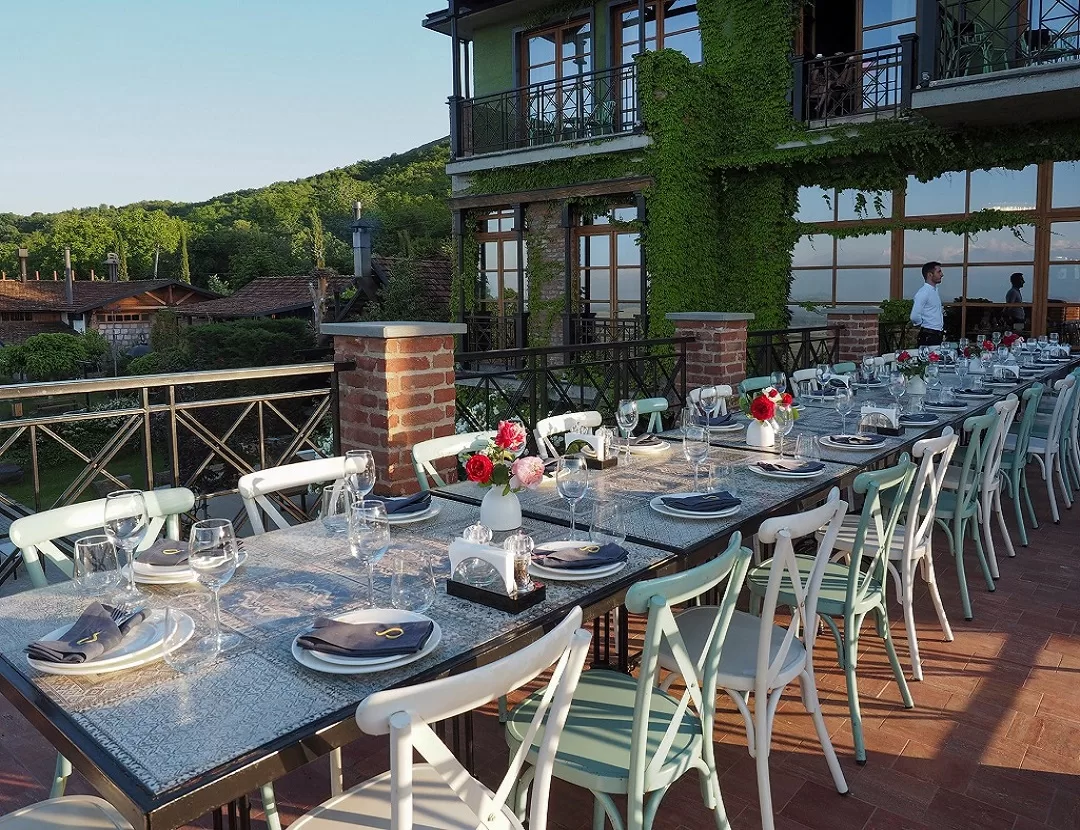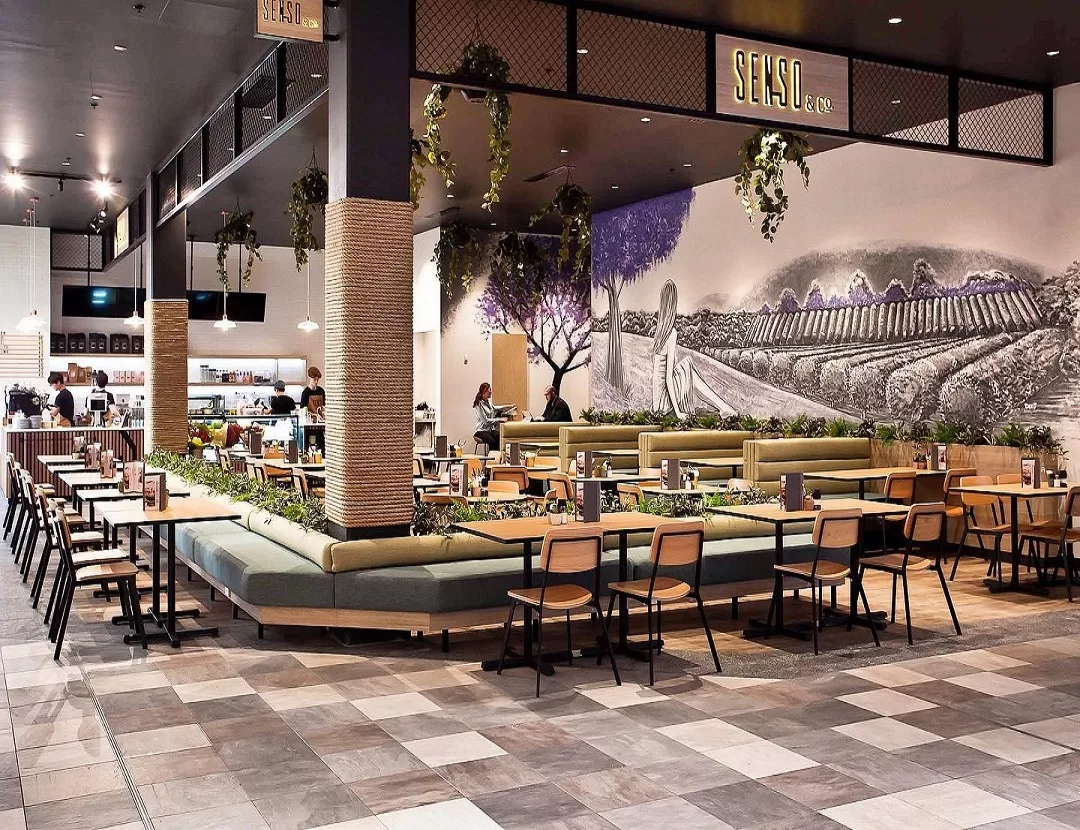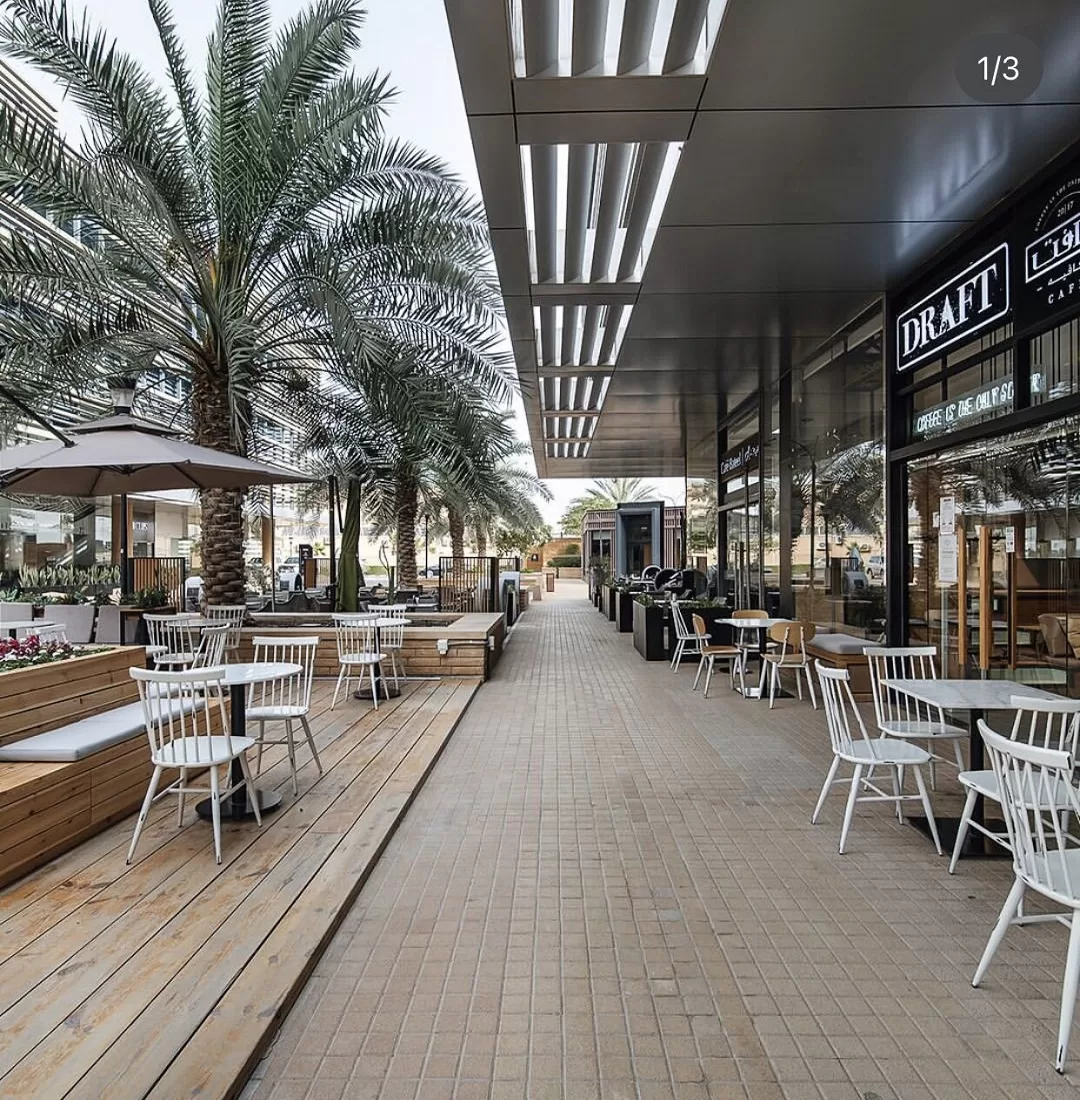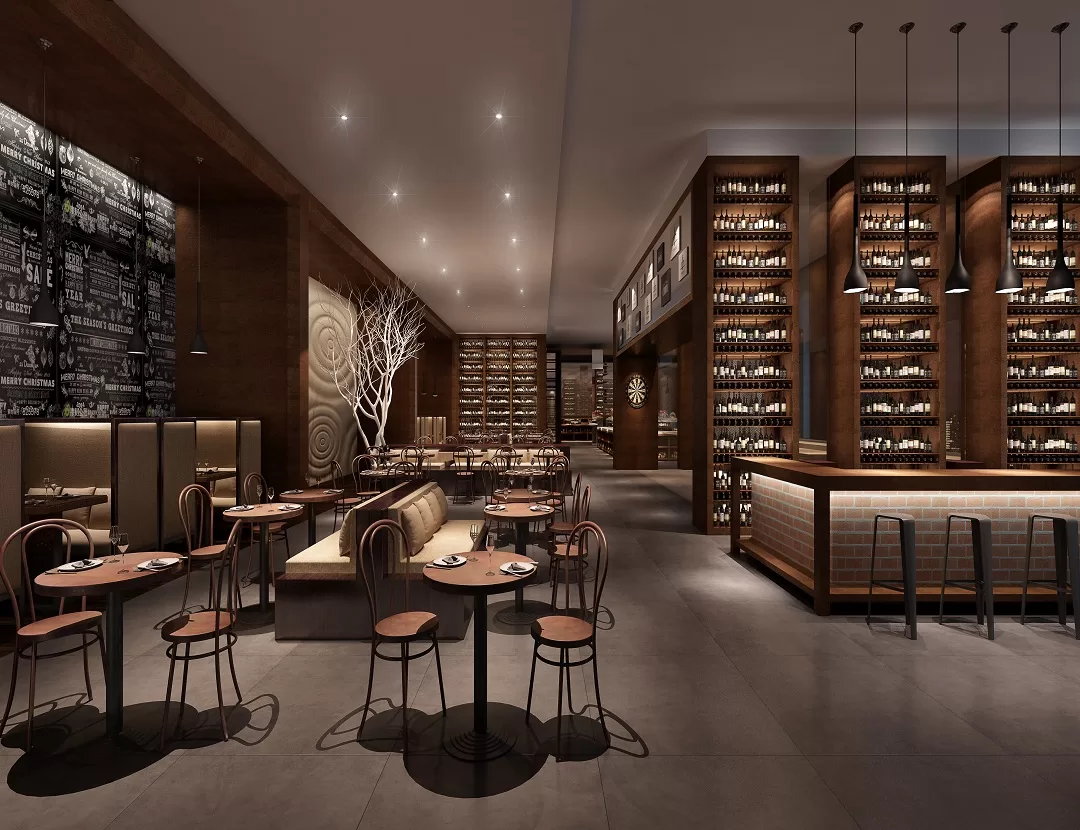- cdg01@cdgfurniture.com
- MP & WeChat & WhatsApp: +86-13926103331 (Ms. Lisa Liang)
-
![]()
-
![]()
CONTACT US
SEND INQUIRY NOWBy: CDG
Date: 18/10/2024
Email: cdg01@cdgfurniture.com
Tel: +86-20-36933270 / 36933272 / 36933273 / 36853567
MP & WeChat & WhatsApp: +86-13926103331 (Ms.Lisa Liang)
Table of Contents
Elevating Commercial Spaces: The Essential Role of Commercial-Grade Furniture
In today’s world, the design and layout of commercial spaces go beyond just aesthetics and functionality—they play a crucial role in shaping a brand’s image and enhancing the customer experience. Within this context, commercial-grade furniture is essential, serving as both a practical and visual element in these spaces.
Simply put, commercial furniture is specifically designed to meet the needs of high-traffic environments. Unlike household furniture, it’s built to endure heavy use and requires less maintenance while still maintaining its quality and appearance over time. The focus on durability, material selection, and ease of upkeep ensures that these pieces can withstand constant wear while enhancing the overall look and atmosphere of commercial venues.

The range of commercial furniture applications is vast, spanning hotels, restaurants, shopping malls, parks, and public spaces. Each setting has unique demands based on its operations and clientele. In hotels, for example, furniture needs to balance style and comfort. Pieces like beds, sofas, and outdoor seating must offer durability and ease of cleaning while maintaining a luxurious feel. Similarly, in restaurants, tables and chairs must be both sturdy and easy to clean, providing a pleasant dining experience while withstanding daily wear.
For shopping malls, furniture must consider the flow of foot traffic, resting areas, and brand displays. Seating in rest areas should be comfortable yet easy to maintain, while shelves and display cases need to be functional and durable. Outdoor public spaces, like parks and squares, require furniture that is weather-resistant and ergonomically designed to suit both the environment and the people who use it. Benches, for instance, should provide comfort while reflecting the cultural or environmental themes of the area.
As commercial spaces evolve and consumer needs become more diverse, commercial furniture design will continue to innovate, with a focus on improving materials, processes, and functionality. This ongoing development is key to meeting the ever-changing demands of modern commercial environments.

Commercial Furniture: The Perfect Blend of Functionality, Durability, and Aesthetic Design
In the modern business world, commercial furniture is much more than just functional—it’s a reflection of business strategy and brand identity. Designed specifically for commercial settings, these pieces are tailored to meet the unique demands of different environments, balancing functionality, durability, and a sharp focus on aesthetics.
Functionality: Tailored to Diverse Business Needs
Commercial furniture is created with a wide range of scenarios in mind, and each setting comes with its own set of requirements. For example, in an office environment, the furniture needs to promote efficiency, offering practical features like ample storage and ergonomic support. Meanwhile, restaurant furniture is designed with customer comfort and ease of operation for staff in mind.
Ergonomics play a crucial role in commercial furniture design. For instance, office chairs need to be adjustable in height and support, ensuring comfort during long work hours while reducing the risk of health issues. Similarly, desks should be designed to minimize fatigue and improve productivity through smart layout and flexible features.
Efficiency is another important consideration. In offices, modular systems allow for flexible configurations, helping maximize space and improve workflow. In retail settings, furniture such as display cabinets or checkout counters should be designed to optimize customer flow and transaction efficiency, boosting both service quality and satisfaction.

Durability: Built to Last
Commercial spaces like malls, hotels, and restaurants see a lot of foot traffic, so their furniture must be able to endure heavy use over long periods. Durability is key to reducing maintenance costs and avoiding safety risks. Material selection is critical. High-quality materials, such as metal frames combined with solid wood panels, ensure that the furniture remains sturdy and visually appealing. In restaurants and hotels, furniture must be stain-resistant, waterproof, and able to handle daily wear and tear without losing its charm.
Production techniques and quality control are equally important. Factors like the strength of welds, the durability of hardware, and the uniformity of finishes all contribute to the longevity of the furniture. Regular maintenance and proper care are also essential to prolonging the life of commercial furniture, making it crucial to have systems in place for regular inspections and repairs.
Design-Driven: Enhancing Brand Atmosphere
The design of commercial furniture is not just about functionality; it also plays a role in defining the ambiance of the space. A well-designed piece can enhance the customer experience and reinforce a brand's image. Most commercial furniture designs lean towards simplicity, practicality, and a modern aesthetic, ensuring that the space feels both comfortable and stylish.
For example, in luxury hotels, furniture should reflect elegance and sophistication to align with the hotel’s brand image. In contrast, modern office furniture often emphasizes clean lines and functionality, creating an efficient and welcoming atmosphere.

Comfort and visual appeal are also critical. Restaurant chairs should prioritize customer comfort while still being easy to clean, and hotel room furniture should create a warm, inviting environment for guests. Additionally, with growing environmental awareness, many businesses are now prioritizing sustainability in their furniture choices. This involves using eco-friendly materials and processes that minimize waste and promote resource efficiency.
By selecting the right commercial furniture, businesses can enhance their environment, boost customer satisfaction, and support their long-term growth. The balance of functionality, durability, and thoughtful design sets commercial furniture apart, and through careful selection, companies can create spaces that stand out and thrive in today’s competitive market.
RECENT POSTS
- Design Leads The Future| CDG Furniture Perfectly Ends The 55th CIFF
- What Kind Of Bar Chair Is Suitable For An Open Bar?
- Woven Rope Chairs: Diverse Choice From Home To Commercial Space
- Which Type Of Outdoor Furniture Is More Popular In European Countries?
- Industrial Style Outdoor Furniture Modern, Simple, And Durable
- Customization And Selection Of Furniture For Themed Restaurants
- Why Aluminum Garden Furniture is the Best Choice for Outdoor Living ?
- Woven Rope Patio Furniture Set: Perfect for Every Occasion
- A Guide to Choosing Table, Chair, and Furniture Combinations for Chain Restaurants
- Elevate Your Outdoors With Durable and Stylish High Bar Table for Every Setting







